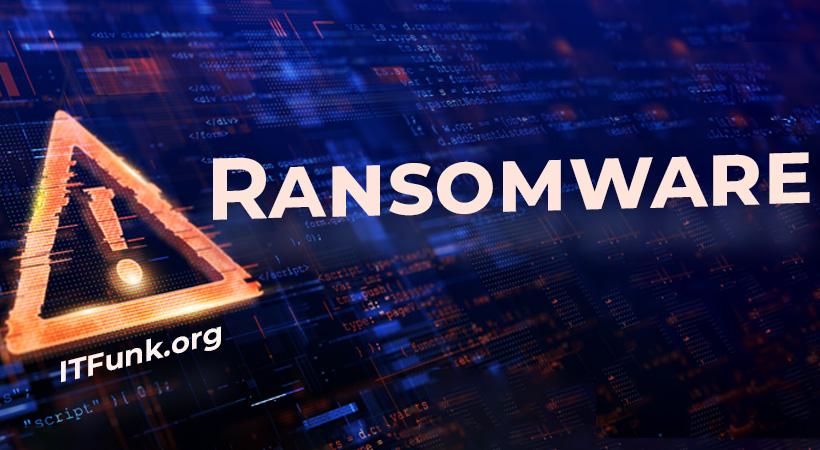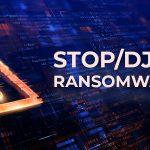In the ever-evolving landscape of cyber threats, the BackMydata Ransomware has emerged as a potent weapon, leaving a trail of encrypted files and financial demands. This malicious software, belonging to the Phobos family, operates by encrypting important user data and holding it hostage until a ransom is paid. In this article, we delve into the intricacies of BackMydata, exploring its actions, consequences, and providing a thorough removal guide along with preventive measures.
Actions and Consequences of BackMydata
Once BackMydata infiltrates a computer system, it initiates an encryption process, rendering crucial files inaccessible to the user. Unlike some malware, BackMydata tends to operate discreetly, often escaping the notice of users during the encryption phase. However, vigilant users may observe a spike in system resource usage, particularly on less powerful computers where the increased demands on CPU and RAM may lead to system slowdowns.
The malware appends a distinctive file extension, “.BackMydata,” to the encrypted files, making them unrecognizable to standard programs. A ransom note, typically named “info.txt,” is displayed on the victim’s desktop, outlining the situation and demanding payment in exchange for a decryption key. The note also serves as a threat, highlighting potential consequences if the victim refuses to negotiate.
The consequences outlined in the ransom note range from the misuse of personal information for financial gains to potential lawsuits and intensified cyber attacks. The threat actors emphasize the irreversible damage to the victim’s reputation and the possibility of facing hefty fines from government bodies.
Detection Names and Similar Threats
BackMydata is classified as ransomware and belongs to the Phobos malware family. Various antivirus and security solutions may detect BackMydata using different names, such as Trojan.Ransom.Phobos, Ransom.Phobos, or similar identifiers. Security software may regularly update its threat database to enhance detection capabilities.
Similar threats to BackMydata include other ransomware variants within the Phobos family, such as Phobos, as well as other notorious ransomware strains like WannaCry, Ryuk, and Maze. These threats share the common objective of encrypting files for ransom, posing a significant risk to individuals and organizations alike.
Removal Guide
Removing BackMydata from an infected system requires a systematic approach. Follow these steps:
- Isolate the Infected System: Disconnect the infected computer from any network to prevent the malware from spreading.
- Identify and Terminate Malicious Processes: Open the Task Manager (Ctrl + Shift + Esc), locate any suspicious processes, and end them. Look for processes consuming excessive CPU and memory.
- Restore from Backup: If you have a recent backup that is unaffected by the ransomware, restore your files from it. Ensure the backup was created before the infection occurred.
- Use Antivirus Software: Run a reputable antivirus or antimalware software scan to detect and remove any remaining traces of BackMydata. Ensure your antivirus definitions are up-to-date.
- Manually Remove Registry Entries: Use the Registry Editor (regedit) to delete any malicious entries related to BackMydata. Exercise caution, as editing the registry can have unintended consequences.
- Delete Malicious Files: Locate and delete any files associated with BackMydata, including the ransom note and encrypted files.
Preventive Measures
Preventing future infections requires a proactive approach. Adopt the following best practices:
- Regular Backups: Regularly back up your important files to an external drive or a secure cloud service. Ensure that backups are disconnected when not in use to prevent them from being compromised.
- Update Software: Keep your operating system, antivirus software, and other applications up-to-date. Software updates often include security patches that address vulnerabilities.
- Educate Users: Train users to recognize phishing emails and suspicious links. Cybersecurity awareness can significantly reduce the risk of malware infections.
- Use Reliable Security Software: Install reputable antivirus or antimalware software and keep it updated. Regularly perform scans to detect and eliminate potential threats.
- Network Security: Implement robust network security measures, including firewalls and intrusion detection systems, to thwart unauthorized access and the spread of malware.
Conclusion
The BackMydata Ransomware poses a significant threat to individuals and organizations, leveraging encryption as a tool for extortion. Understanding its actions, consequences, and implementing a comprehensive removal guide are crucial steps in mitigating the impact of this malware. By adopting preventive measures, users can fortify their defenses against such threats, minimizing the risk of falling victim to ransomware attacks. Stay vigilant, stay informed, and stay secure in the face of evolving cyber threats.





